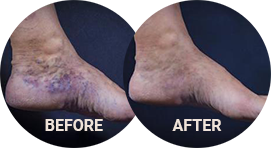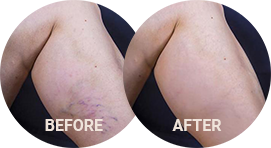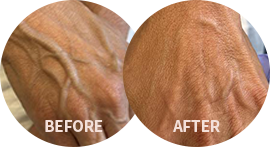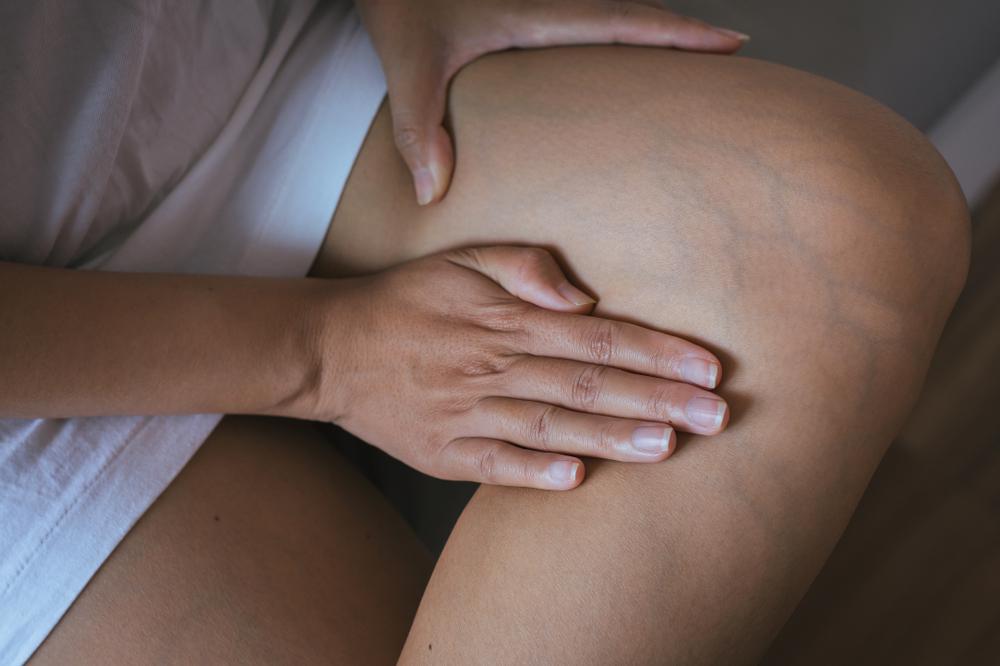If you’ve ever looked down at your legs and noticed small, sprawling lines of red, purple, or blue, you might have spider veins.
Spider veins occur when your blood vessels burst or are damaged. Unlike varicose veins, which are large and deep, spider veins primarily affect your capillaries. Capillaries are the smallest of all your blood vessels, so spider veins usually appear thin and flat. Sometimes, they may be slightly raised.
At Premier Vein Clinic, highly skilled vascular surgeon Dr. David Naar sees many patients with spider veins and helps to restore smooth skin. Here, he explains how spider veins might be a health risk, how to prevent them, and how to treat them.
Are Spider Veins a Health Problem?
Spider veins might be related to a range of health conditions, including blood clots, poor circulation, obesity, thrombophlebitis (swelling of a vein), or telangiectasias (clustering of blood vessels). If you have spider veins, you may experience symptoms like low-grade aches, persistent itching, discoloration or a bruise-like effect, or skin sensitivity near your spider veins.
Generally, though, spider veins are harmless. Most people don’t feel any pain from their spider veins, but do wish to treat them for cosmetic reasons.
How to Prevent Spider Veins
Preventing spider veins comes down to knowing the risk factors, some of which you can control and some of which you can’t. Risk factors of spider veins include:
- Genetics: As many as 90 percent of people with spider veins have a family history of the condition.
- Pregnancy: The extra weight and blood circulation caused by pregnancy may lead to spider veins.
- Age: Your blood vessels get weaker over time, which can lead to the development of spider veins.
- Body weight: Carrying around extra weight can put extra pressure on your legs and cause spider veins. Maintain a healthy weight through proper diet and exercise.
- Sedentary lifestyle: Sitting for long periods of time can cause blood to pool in your legs, leading to spider veins.
- Sun damage: UV rays can damage your blood vessels, especially in your face. Take precautions by wearing sunscreen and a hat.
How to Treat Spider Veins
If you have spider veins and wish to get rid of them, you have a number of options. Dr. Naar is an expert in the latest technologies used to treat spider veins, including sclerotherapy.
During a sclerotherapy procedure, Dr. Naar injects a special solution into your spider veins, which causes them to collapse. Shortly after the procedure, the affected area looks smooth and blemish-free.
If you’re ready to get rid of spider veins for good, call Premier Vein Clinic today or request an appointment online.





